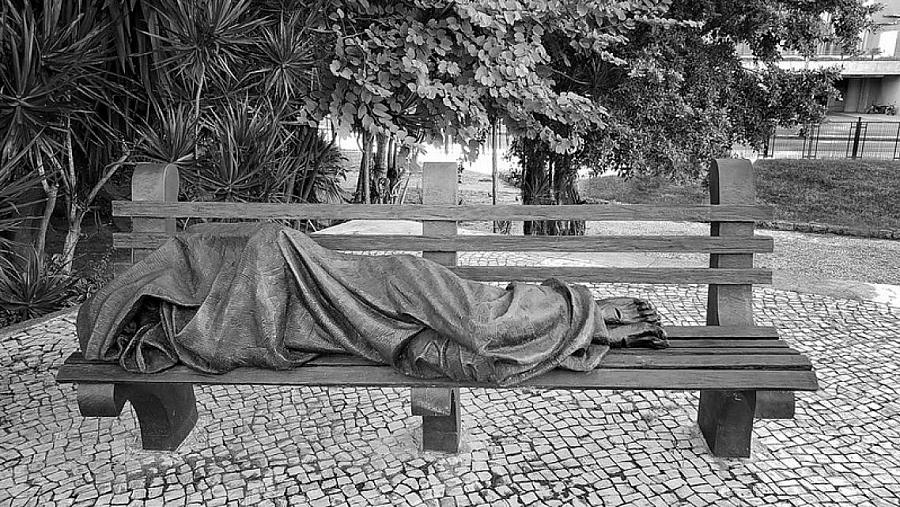For those without homes, controlling diabetes is a daily struggle

(Photo by Boris Kasimov via Flickr/Creative Commons)
Since he lost his housing and began living on the streets in 2010, Theo Henderson has found it challenging to manage his Type 2 diabetes. Having so little control over his environment, it’s extremely difficult to follow any sort of routine, which is something diabetes patients say is key in helping them adhere to their physicians’ recommendations. It’s tougher to mentally prioritize managing his chronic illness when his mental and physical energy is taken up by urgent matters of day-to-day survival, and maintaining a nutritious diet is almost out of the question.
It’s also proved impossible to maintain uninterrupted care and treatment: Henderson estimates his medication and supplies have been seized by the police in so-called “street sweeps” seven or eight times, after which there’s a long lag before the next available clinic appointment.
Such challenges are common among unhoused or precariously housed diabetes patients. Both Type 1 and Type 2 diabetes are lifelong chronic conditions whose outcomes depend heavily on careful management through medication and monitoring, exercise and healthy diets. Effective management can be difficult even under optimal circumstances, but it is made easier when a patient has adequate support systems. Without stable resources, patients struggle to follow successful care routines and diabetes-associated morbidities are far higher. The California housing crisis makes these problems more acute: as property values rise, skyrocketing rents and rising homelessness have fostered instability among the poor and working class. Such turmoil hits diabetes patients particularly hard.
Diabetes is a multifaceted illness that impacts people across the socioeconomic spectrum. The onset of Type 1 diabetes typically occurs in childhood, with no known cause or strong correlation with other demographic indicators. Type 2 diabetes is far more common and develops later in life, and is often associated with unhealthy lifestyles. Most of the 30 million diabetics in America take medication to manage their condition. Seven million of them take insulin, whose price in recent years has become a staggering financial strain in itself. Because healthy lifestyles are strongly correlated with material resources, diabetes patients are disproportionately likely to be poor, disabled, and people of color.
Like diabetes, the California housing crisis is multifaceted and has impacted people across the socioeconomic spectrum. For those with relatively stable housing, rent payments have eaten up increasing percentages of paychecks, just as health care costs have done the same. Others have seen their housing situations become more precarious, with many living in motels, in cars or on friends’ couches, as Henderson did for the first two years after being evicted in 2008.
Finally, the population of fully unsheltered people continues to grow, with some 20% of all people living on the street residing in California, more than any other state. This means that the housing status of a broad swath of California residents — not just the most oppressed — is under strain, and that a growing number of patients are harmed as a result.
Untold numbers of people are forced to make trade-offs between insulin and other necessary items, left without access to kitchens to prepare healthy food, too unraveled by stress to exercise or plan for care, and even too materially insecure to protect their health care supplies from law enforcement. And for those who don’t currently have diabetes, the housing crisis increases the risk of developing it.
My project with the 2020 California Fellowship will examine the fraught intersection of housing and diabetes in California. I’ll analyze the ways in which rising rents, housing precarity and homelessness are inextricably linked, despite being too often covered as separate issues affecting separate communities.
I’ll also explore how and why material stability is linked to diabetes outcomes, worsening health and eroding access to care. By chronicling the experiences of patients like Theo Henderson and others, I intend to interrogate the complicated dynamics of class and health. Ultimately, the question of who suffers and who thrives when it comes to both chronic illness and housing comes down to how wealth is distributed and why. My goal is to tell a story that illustrates the consequences.

